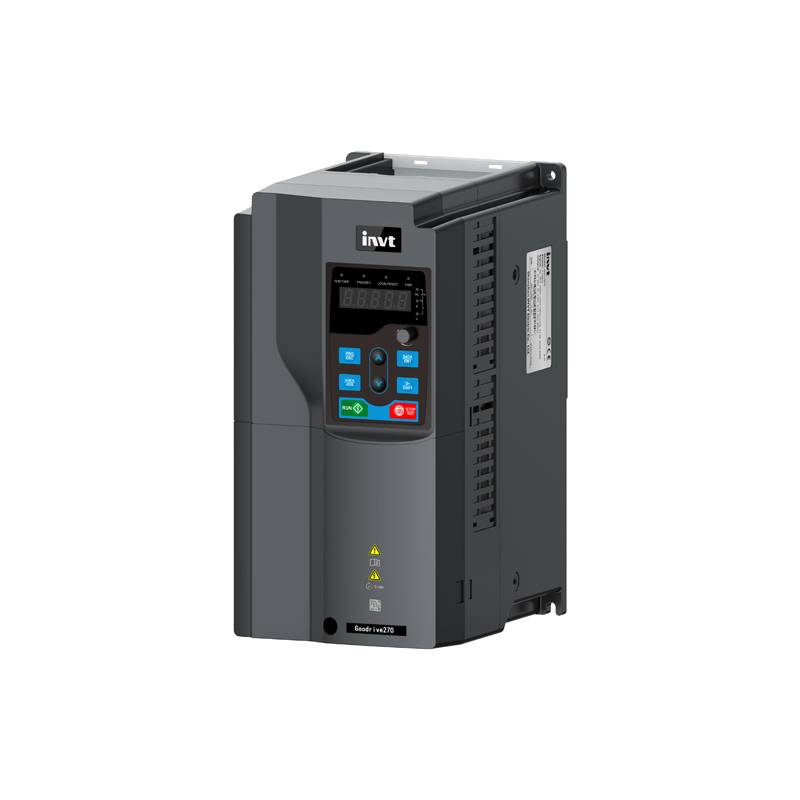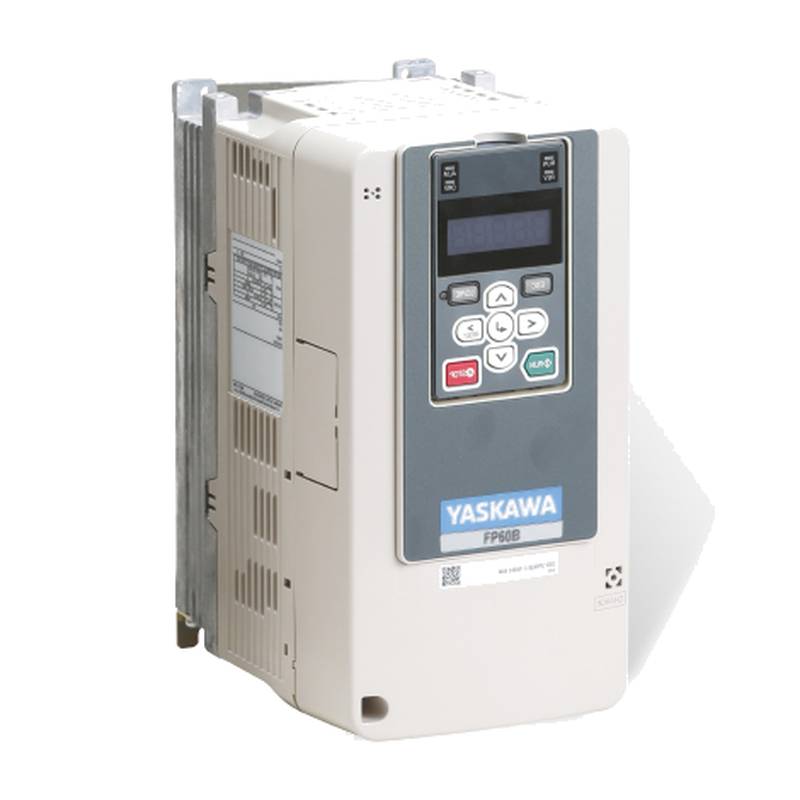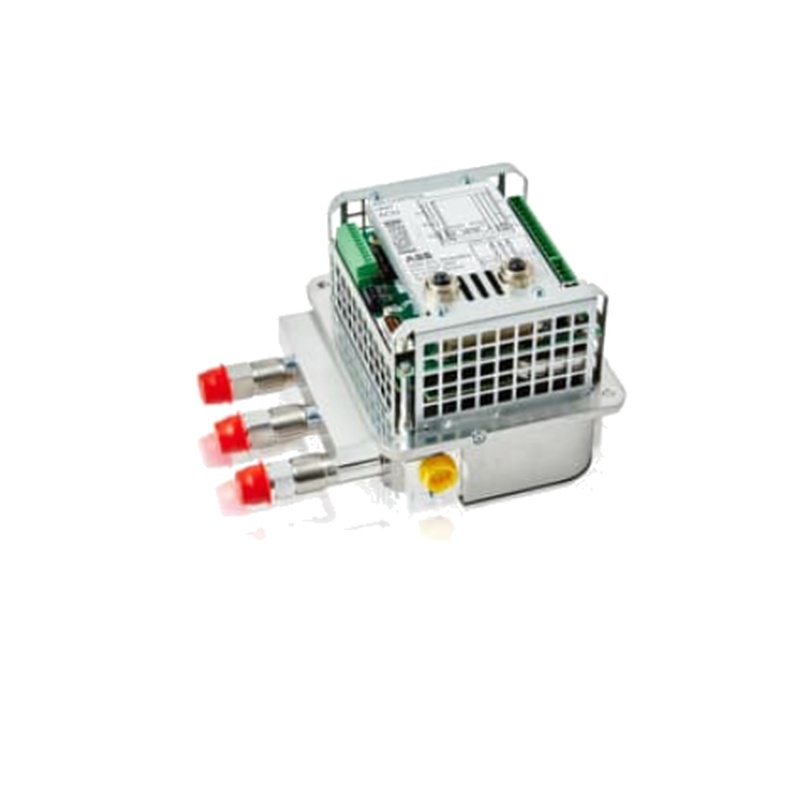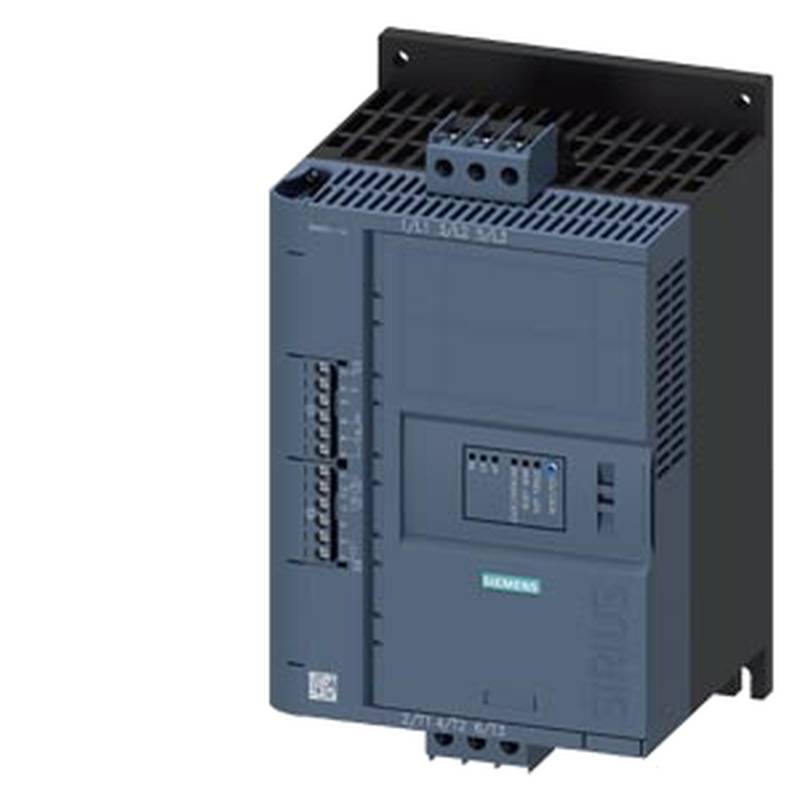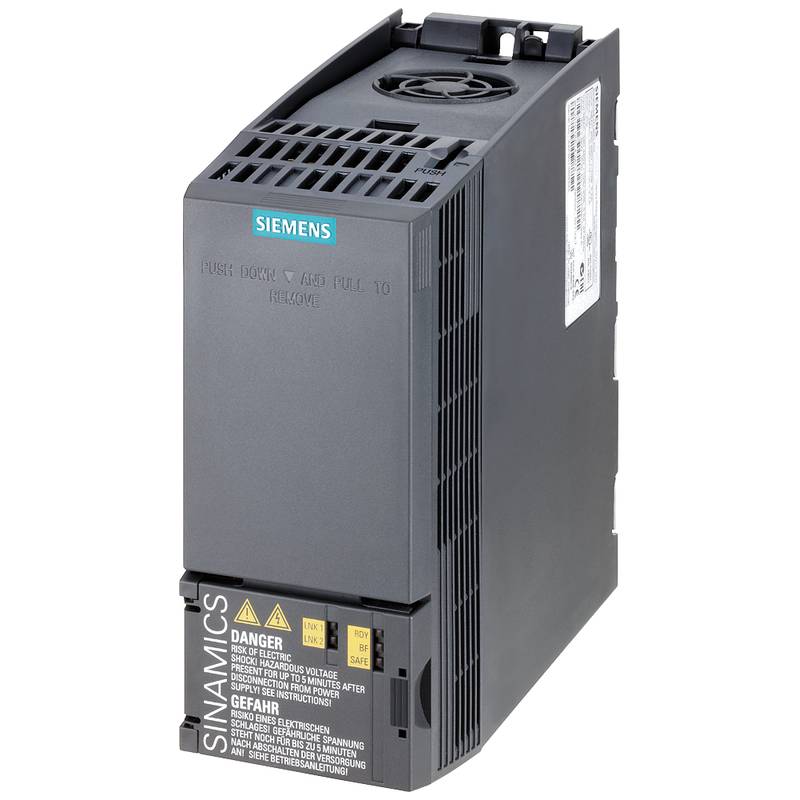
The INVT GD270-250-4 Heavy Duty Pump Control VFD Drive is engineered for robust performance in demanding industrial pumping applications, offering exceptional efficiency, precise control, and enhanced system reliability. This variable frequency drive (VFD) distinguishes itself with key advantages such as advanced motor control algorithms for optimal energy savings, a ruggedized design for harsh environments, and integrated protection features to safeguard critical pumping infrastructure. Its core technical specifications include a power rating of 250 kW, a 400V voltage class, and an IP20 enclosure rating, ensuring suitability for heavy-duty industrial service.
Product Specifications
| Feature | Specification |
| :----------------------- | :------------------------------------------ |
| Model | GD270-250-4 |
| Rated Power | 250 kW |
| Input Voltage | 380-440V AC (3-Phase) |
| Output Voltage | 0-440V AC (3-Phase) |
| Output Frequency | 0-3000 Hz |
| Control Method | V/f, Vector Control, Torque Control |
| Enclosure Rating | IP20 |
| Ambient Temperature | -10°C to +40°C (derating above +40°C) |
| Altitude | Up to 1000m (derating above 1000m) |
| Protection Features | Overcurrent, Overvoltage, Undervoltage, Overload, Overtemperature, Short circuit, etc. |
| Communication Options | RS485 (Modbus), optional communication cards |
Core Features & Market Positioning
The INVT GD270-250-4 is positioned as a premium solution for industrial pump control, emphasizing its advanced sensorless vector control capabilities. This technology allows for precise speed and torque regulation even without a motor encoder, significantly reducing installation complexity and cost while maintaining high dynamic performance. Its heavy-duty construction, featuring robust components and thermal management, ensures longevity and operational stability in challenging environments often encountered in water treatment, oil and gas, and chemical processing industries. The drive's integrated intelligent pump-specific functions, such as automatic water level control and dry-running protection, further differentiate it by providing out-of-the-box solutions that enhance operational efficiency and prevent equipment damage.
Key Application Scenarios
This VFD is exceptionally well-suited for a wide array of heavy-duty pump applications. In municipal water supply and wastewater treatment plants, the GD270-250-4 ensures consistent flow rates, optimizes energy consumption during peak and off-peak demand, and provides robust protection against sudden load changes. For industrial manufacturing, it supports critical processes requiring precise fluid handling, such as in chemical dosing, cooling tower circulation, and boiler feed systems. Furthermore, its durability makes it an ideal choice for oil and gas operations, managing the flow of crude oil, brine, and other challenging fluids in remote or harsh environmental conditions.
Practical System Integration Guidance
Integrating the INVT GD270-250-4 into existing pumping systems is streamlined by its versatile input/output terminals and standard communication protocols. For power connections, ensure the main power supply is within the specified 380-440V AC range and properly grounded. Motor wiring should follow standard VFD practices, using shielded cable to minimize electromagnetic interference. Programming for pump control often involves configuring PID loops for pressure or flow regulation, setting up dry-running protection parameters, and establishing communication with SCADA or PLC systems via the integrated RS485 port using Modbus RTU. Default parameters are often suitable for basic operation, but fine-tuning is recommended for optimal performance based on specific motor and pump characteristics.
Operation and Risk Mitigation
Safe and efficient operation of the INVT GD270-250-4 hinges on adherence to operational guidelines and proactive risk mitigation. Before initial startup, verify all wiring connections and ensure the motor is correctly coupled and free to rotate. During operation, monitor drive parameters such as output current, voltage, and temperature to detect anomalies early. Key fault codes, such as E.OC (Overcurrent), E.OL (Overload), and E.OH (Overheat), indicate potential issues that require immediate attention and investigation into the motor, pump, or load. Implementing appropriate load shedding or shutdown procedures in response to critical alarms is paramount to preventing catastrophic equipment failure and ensuring personnel safety.
Scalability & Long-Term Value
The INVT GD270-250-4 offers significant scalability and long-term value for industrial operations. Its modular design and compatibility with various communication protocols allow for seamless integration into existing industrial automation platforms and Industrial Internet of Things (IIoT) ecosystems. This enables advanced data logging, remote monitoring, and predictive maintenance capabilities, optimizing operational efficiency and reducing downtime. For systems requiring increased capacity, INVT provides a range of VFDs, allowing for a straightforward upgrade path without requiring a complete overhaul of control system architecture. The inherent energy savings achieved through precise motor speed control also contribute to a substantial return on investment over the drive's operational lifespan.
FAQs
Q1: What is the primary advantage of using the INVT GD270-250-4 for pump control?
The GD270-250-4 offers advanced sensorless vector control, ensuring precise speed and torque regulation. This leads to significant energy savings by matching motor output to actual demand. Its heavy-duty design ensures reliability in tough industrial environments, minimizing downtime and maintenance.
Q2: Can this VFD be integrated with existing SCADA systems?
Yes, the INVT GD270-250-4 features an integrated RS485 communication port. It natively supports the Modbus RTU protocol, which is widely used in industrial automation. This allows for easy integration with SCADA systems for monitoring and control.
Q3: What are the key protection features of the GD270-250-4?
This VFD includes comprehensive protection functions such as overcurrent, overvoltage, undervoltage, and overload protection. It also offers overtemperature and short-circuit protection for both the drive and the connected motor. These features safeguard the pumping system from damage.
Q4: How does the GD270-250-4 handle dry-running conditions in pumps?
The drive has built-in intelligent functions for pump applications, including dry-running protection. It monitors motor load and current to detect when a pump is running without fluid. This feature automatically stops the drive to prevent damage to the pump seals and impeller.
Q5: What is the typical power factor at different load levels?
The INVT GD270-250-4 typically maintains a high power factor, often close to unity (0.95-0.98) at medium to full load conditions. This contributes to improved system efficiency and reduced reactive power penalties from utility providers. Performance may vary slightly at very low loads.
Q6: Is it possible to control multiple pumps with a single GD270-250-4 drive?
While a single VFD typically controls one motor directly, complex multi-pump systems can be managed. This often involves external relays and logic controllers working in conjunction with the VFD's control signals to stage pumps based on demand, managed by the VFD.
Q7: What are the environmental considerations for installing the GD270-250-4?
The drive has an IP20 enclosure, meaning it is protected against solid objects larger than 12.5mm but not against water ingress. It should be installed in a clean, dry environment, within the specified ambient temperature range of -10°C to +40°C. Derating is required above 40°C or 1000m altitude.
Q8: What is the process for setting up the VFD for a new pump installation?
Initial setup involves verifying power connections and motor wiring. Basic parameters for motor nameplate data (voltage, frequency, current, power) are entered. Then, specific application parameters like PID control for pressure or flow, and protection limits are configured.
Q9: What are common causes of an E.OC fault code on this drive?
An E.OC fault signifies an overcurrent condition. Common causes include rapid acceleration settings, a motor that is too large for the drive's rating, a short circuit in the motor windings or cabling, or a pump that is mechanically jammed or overloaded.
Q10: How does the GD270-250-4 contribute to IIoT integration?
The drive's standard Modbus RTU communication allows it to send operational data (speed, current, voltage, status) to an IIoT platform or gateway. This enables remote monitoring, performance analysis, and the implementation of predictive maintenance strategies for enhanced operational intelligence.














